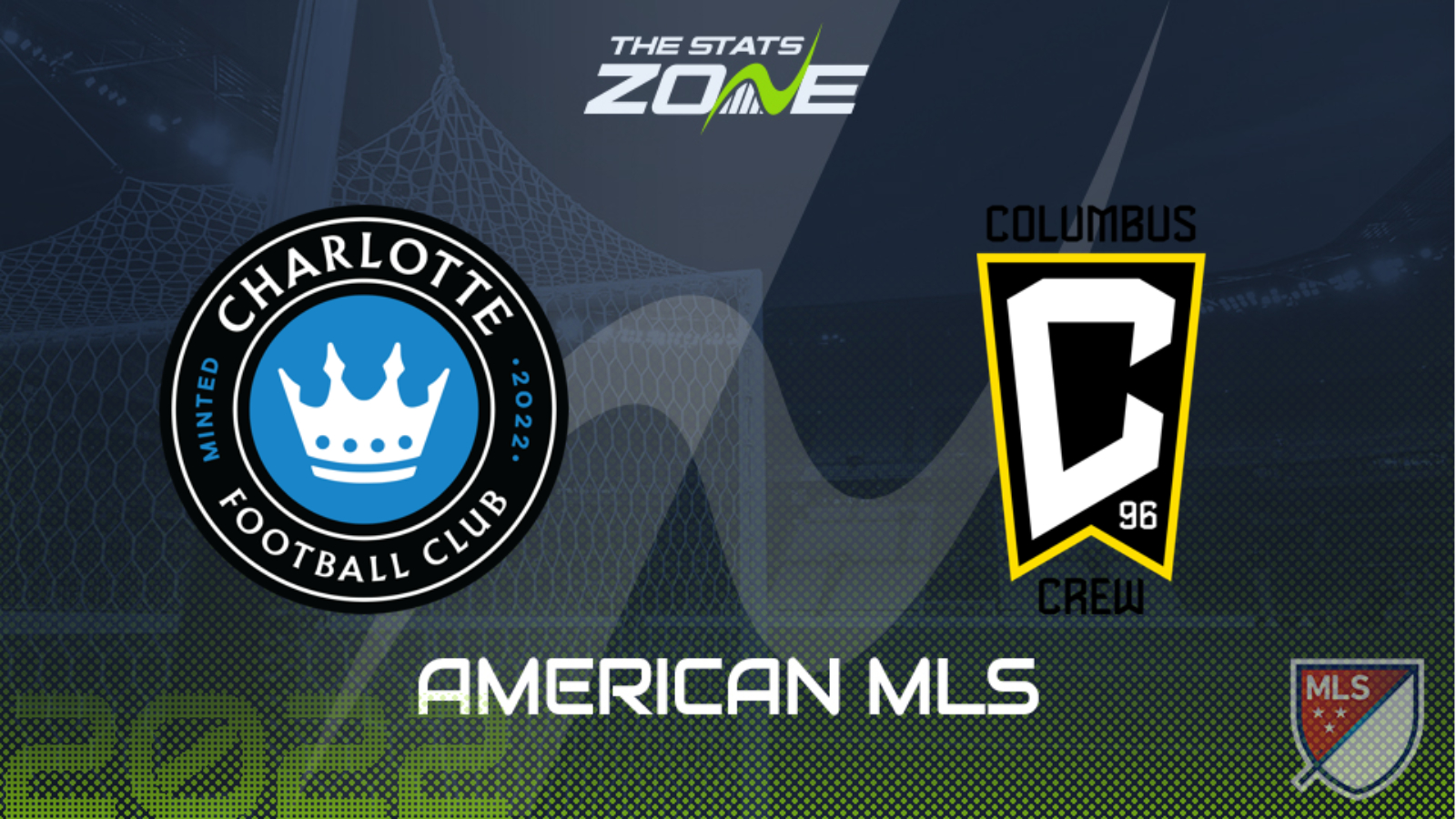Charlotte vs Columbus: Economic Factors

Charlotte vs columbus – The economic landscape of Charlotte and Columbus holds distinct features, influencing the cost of living, job opportunities, and overall financial well-being of residents in both cities. This analysis delves into these factors, comparing the economic profiles of Charlotte and Columbus.
Charlotte and Columbus are cities that share a common thread of resilience, each having overcome adversity to emerge stronger. Like the Chicago Fire and Cincinnati , they have faced challenges head-on, proving their unwavering spirit. In Charlotte’s case, it was the transformative power of unity that lifted them from the ashes of racial tension.
Columbus, on the other hand, found strength in its unwavering pursuit of progress, rising above economic hardships to become a thriving metropolis.
Cost of Living
Charlotte and Columbus exhibit comparable costs of living, with slight variations in specific categories. Housing expenses, a significant portion of household budgets, are generally higher in Charlotte. Median home prices in Charlotte stand at $350,000, while in Columbus, they average around $250,000. Rental costs also reflect this disparity, with Charlotte’s median rent exceeding that of Columbus.
Transportation expenses are marginally lower in Columbus. The city’s public transportation system, COTA, provides affordable options for commuters. Charlotte, while offering a growing public transportation network, has slightly higher transportation costs overall.
Food costs in both cities are relatively similar, with a wide range of dining options available. However, Charlotte’s proximity to the coast may offer a slight advantage in terms of seafood availability and prices.
Job Market and Industries
Charlotte and Columbus boast robust job markets, driven by diverse industries. Charlotte’s economy is centered around finance, healthcare, and technology, while Columbus excels in manufacturing, education, and healthcare.
Charlotte is home to major financial institutions such as Bank of America and Wells Fargo, contributing to its status as a financial hub. The city also hosts a growing tech sector, with companies like Honeywell and IBM establishing a presence.
Columbus, on the other hand, is a manufacturing powerhouse. Companies like Honda, General Motors, and Cardinal Health have significant operations in the city. Columbus is also a major center for education, with The Ohio State University serving as a hub for research and innovation.
Median Income and Poverty Rates
Median income levels in Charlotte and Columbus reflect the economic disparities between the two cities. Charlotte’s median household income stands at $70,000, while Columbus’s is slightly lower at $62,000.
The historical rivalry between Charlotte and Columbus, cities steeped in tradition, has captivated generations. Amidst the tales of their competition, the tragic death of Duvall cast a somber shadow. Yet, like the resilient spirit of these cities, the rivalry persisted, shaping their identities and weaving an intricate tapestry of past and present.
Poverty rates also differ, with Columbus experiencing a higher rate of poverty compared to Charlotte. According to the U.S. Census Bureau, Columbus’s poverty rate is around 15%, while Charlotte’s is closer to 10%.
Charlotte vs Columbus: Cultural Amenities
Charlotte and Columbus, two thriving cities in the southeastern United States, offer a vibrant cultural landscape that caters to diverse tastes and interests. From world-class museums and theaters to lively nightlife and dining options, these cities provide ample opportunities for entertainment, exploration, and intellectual enrichment.
Arts and Culture Scene, Charlotte vs columbus
Charlotte boasts a thriving arts scene anchored by the Levine Museum of the New South, which showcases the region’s rich history and culture. The Mint Museum houses an impressive collection of American and European art, while the Bechtler Museum of Modern Art focuses on 20th-century works. The city is also home to several renowned performing arts organizations, including the Charlotte Symphony Orchestra and the Blumenthal Performing Arts Center.
Columbus, on the other hand, is renowned for its vibrant theater scene. The Ohio Theatre hosts Broadway shows and touring productions, while the Columbus Symphony Orchestra performs at the Columbus Civic Center. The Wexner Center for the Arts, a contemporary art museum and performance space, offers a diverse range of exhibitions and events. The city also boasts a thriving independent arts community with numerous galleries, studios, and alternative performance spaces.
Nightlife and Dining
Charlotte’s nightlife scene caters to a wide range of preferences, from upscale lounges to live music venues. The city’s Uptown district is home to numerous bars and nightclubs, while the NoDa neighborhood offers a bohemian atmosphere with craft breweries and art galleries. Charlotte’s culinary landscape is equally diverse, featuring a mix of Southern comfort food, international cuisine, and fine dining experiences.
Columbus offers a lively nightlife scene with a variety of bars, clubs, and live music venues. The Short North Arts District is a popular destination for its eclectic nightlife options, while the Arena District offers a more energetic atmosphere with sports bars and nightclubs. Columbus’s dining scene is known for its Midwestern comfort food, but also boasts a wide range of ethnic and international cuisines.
Educational Institutions
Charlotte is home to several prestigious educational institutions, including the University of North Carolina at Charlotte, Davidson College, and Queens University of Charlotte. These universities offer a wide range of undergraduate and graduate programs, as well as research opportunities and cultural events. Columbus is also home to a strong educational sector, with The Ohio State University, Columbus State Community College, and Franklin University as notable institutions. These universities provide a diverse range of academic programs, research initiatives, and cultural activities.
Charlotte vs Columbus: Outdoor Recreation and Quality of Life

Charlotte and Columbus offer diverse outdoor recreation opportunities and high-quality living environments. This comparison explores their parks, green spaces, climate, healthcare systems, and overall quality of life.
Parks and Green Spaces
Charlotte boasts over 200 parks and greenways, including Freedom Park, Romare Bearden Park, and the Little Sugar Creek Greenway. Columbus has over 200 parks as well, such as the Scioto Mile, Franklin Park Conservatory and Botanical Gardens, and the Olentangy Trail.
Outdoor Activities
Both cities provide ample opportunities for outdoor activities. Charlotte offers kayaking on the Catawba River, hiking at Crowders Mountain State Park, and biking on the Rail Trail. Columbus features canoeing on the Scioto River, rock climbing at High Rock Adventures, and fishing at Alum Creek State Park.
Climate and Weather
Charlotte experiences a humid subtropical climate with hot, humid summers and mild winters. Columbus has a humid continental climate with cold, snowy winters and warm, humid summers.
Healthcare Systems
Charlotte is home to renowned medical institutions like Atrium Health and Novant Health. Columbus has the Ohio State University Wexner Medical Center and Nationwide Children’s Hospital.
Quality of Life
Charlotte and Columbus rank highly for quality of life. Charlotte offers a vibrant arts and culture scene, numerous restaurants, and a growing tech industry. Columbus boasts a strong educational system, a thriving food scene, and a thriving arts community.
